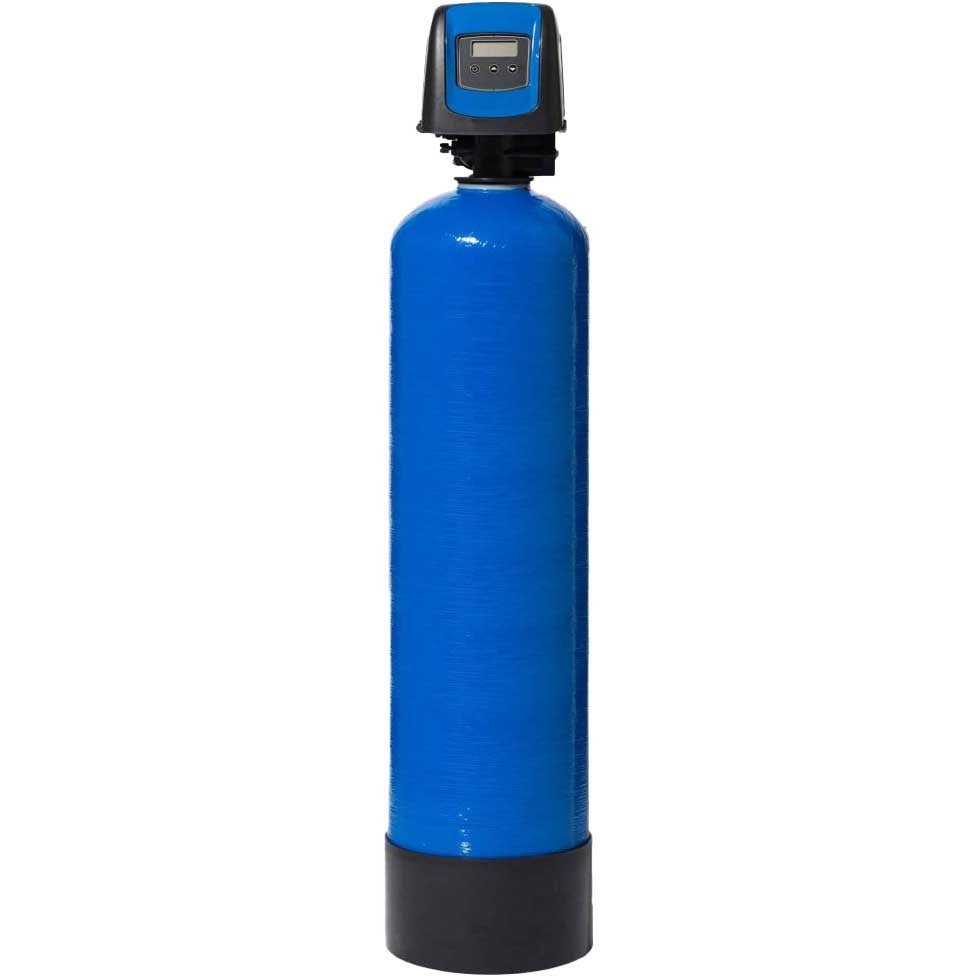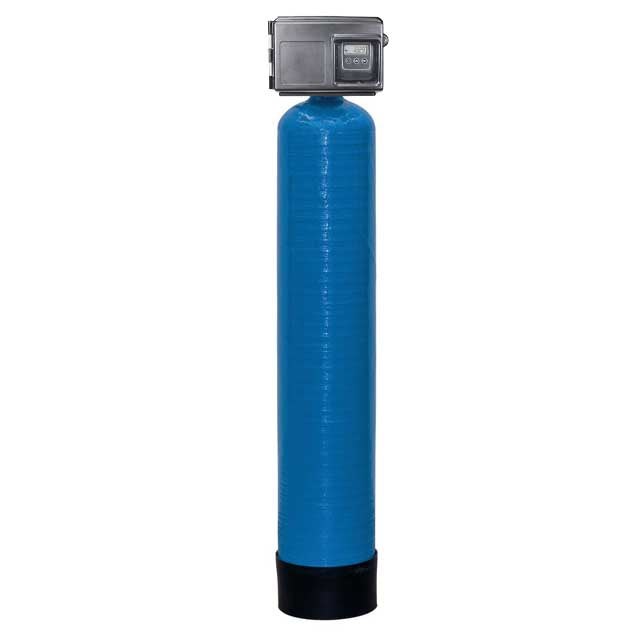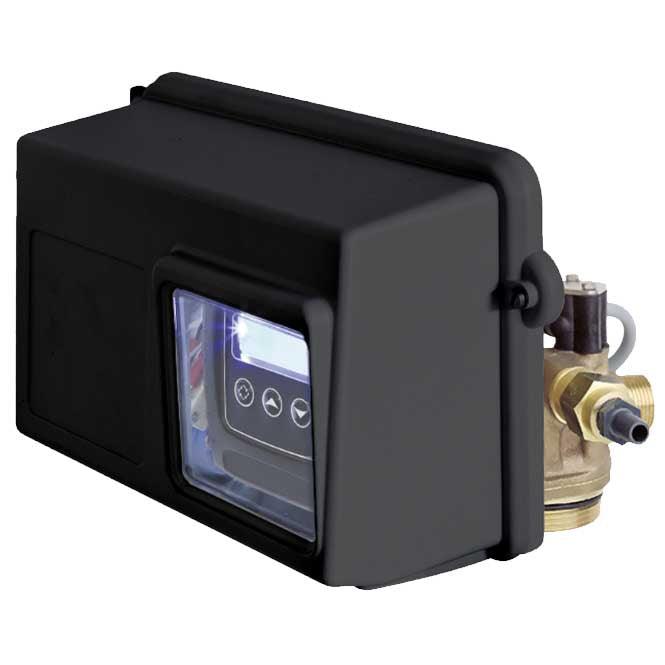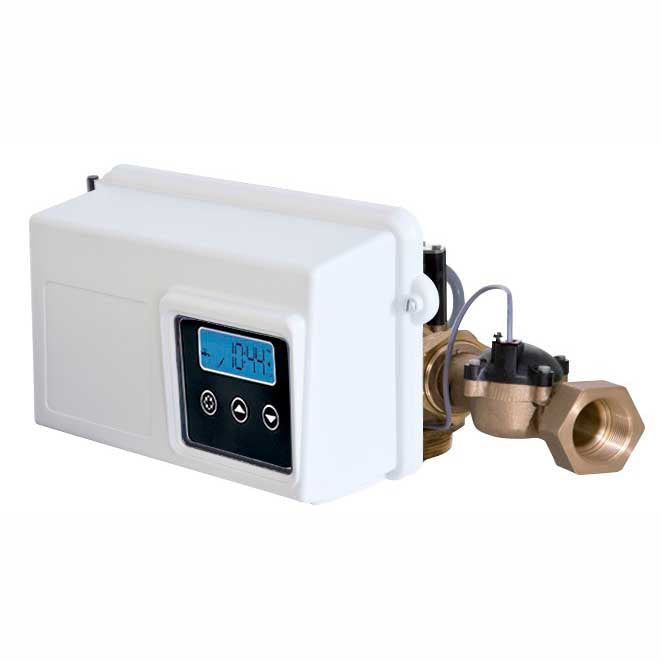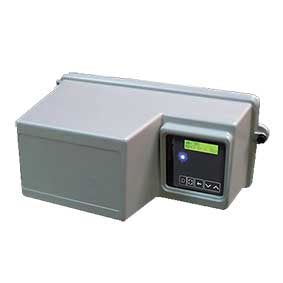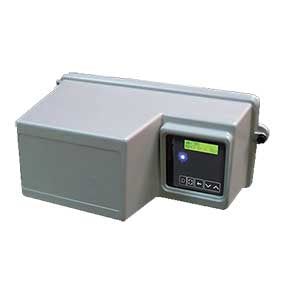Water treatment systems rely heavily on effective filtration media to ensure clean, safe, and usable water. One particularly efficient and economical option is Birm media, known for its capacity to remove dissolved iron and manganese from raw water supplies. This article explores how Birm works, its key advantages, physical properties, operational conditions, and limitations, making it an ideal solution for water treatment professionals and customers seeking reliable filtration.
What Is Birm Media?
Birm is a filtration media designed specifically for the reduction of iron and manganese compounds from water. It functions as an insoluble catalyst, which enhances the reaction between dissolved oxygen (D.O.) and iron or manganese compounds to facilitate their removal. By catalyzing these reactions, Birm converts iron into ferric hydroxide and manganese into manganese dioxide, both of which precipitate out and can be easily filtered.
Birm media is often utilized in both gravity-fed and pressurized water filtration systems, offering a durable and low-maintenance solution.
Advantages of Birm Media for Iron and Manganese Removal
Birm offers several notable advantages over other filtration methods, making it a preferred choice in water treatment systems:
- Economical Solution: Birm does not require chemical regenerants, significantly reducing ongoing costs.
- High Removal Efficiency: It effectively removes iron and manganese without the need for continuous intervention.
- Minimal Maintenance Cost: Only periodic backwashing is required, saving both time and labor expenses.
- Durable Material: Birm has a long lifespan and performs efficiently across a broad temperature range.
- Lightweight Design: With a bulk density of 36–38 lbs./cu. ft., it’s easy to handle and install.
- Environmentally Friendly: The absence of chemical treatments makes it a sustainable option for water treatment.
Physical Properties of Birm Media
The physical characteristics of Birm directly contribute to its effectiveness in water filtration systems:
- Color: Black
- Bulk Density: 36–38 lbs./cu. ft.
- Mesh Size: 12 x 50
- Specific Gravity: 2.0 gm/cc
- Effective Size: 0.48 mm
- Uniformity Coefficient: 2.7
These properties ensure reliable filtration and efficient removal of contaminants under varying conditions.
Operational Conditions for Optimal Performance
For Birm to effectively remove iron and manganese, specific conditions must be met. Here are some critical factors to consider:
Water Chemistry Requirements
- pH Range:
- For iron removal: 6.8–9.0
- For manganese removal: 8.0–9.0
- Dissolved Oxygen (D.O.): Should be at least 15% of the iron content or 29% of the manganese content.
- Alkalinity must exceed the combined concentration of sulfates and chlorides.
System Design
- Bed Depth: 30–36 inches
- Backwash Rate: 10–12 gpm/sq. ft., with a bed expansion of 20–40% during backwashing.
- Service Flow Rate: 3.5–5 gpm/sq. ft., with higher rates possible in certain conditions.
- Ensure a minimum freeboard of 50% of the bed depth for efficient backwashing.
Temperature: Operates within a temperature range of 35–100°F.
Adhering to these guidelines ensures maximum efficiency and prolongs the lifespan of the Birm media.
Limitations and Precautions
While Birm is highly effective, its performance can be compromised under certain conditions. Below are some limitations and precautions to keep in mind:
Presence of Contaminants:
- Birm cannot tolerate oil, hydrogen sulfide, or polyphosphates, all of which may inhibit its activity or coat its surface.
- Organic matter levels should not exceed 4–5 ppm.
Low pH Levels: A pH below 6.8 can reduce efficiency. Adding neutralizing agents like soda ash or Calcite may help.
Chlorination: High chlorine levels degrade the catalytic coating, reducing efficacy in iron and manganese removal.
Chemical Compatibility: Always test any chemicals added to influent or backwash water to ensure compatibility with Birm media.
Birm is not consumed during the removal process, making it a cost-effective and long-lasting choice. However, its catalytic capability depends heavily on proper operating conditions.
Applications in Water Treatment
Birm is commonly used in gravity-fed and pressurized filtration systems for residential, commercial, and industrial water treatment applications. It is particularly advantageous in settings where chemical-free treatment is desired and offers dependable results for regions dealing with high levels of iron or manganese in groundwater.
For manganese removal, the water pH should ideally range from 8.0 to 9.0. When water contains both iron and manganese, keeping the pH below 8.5 is essential to avoid creating colloidal iron, which is challenging to remove.
Why Choose Birm Media for Efficient Filtration?
Birm media stands out as a leading filtration solution for iron and manganese removal. Its economical benefits, low maintenance requirements, and ability to function without added chemicals make it highly desirable in the water treatment industry. By adhering to the operating conditions and limitations outlined above, professionals can maximize the effectiveness of Birm systems, ensuring clean and safe water for any application.
If you’re seeking a reliable, efficient, and eco-friendly water treatment solution, Birm media may be the perfect fit for your filtration needs. Consider integrating this high-performance media into your system and experience the advantages it provides.
Are you ready to invest in a cutting-edge water treatment solution? Contact us today to learn more about gaining the benefits of Birm media for iron and manganese removal in your system!


